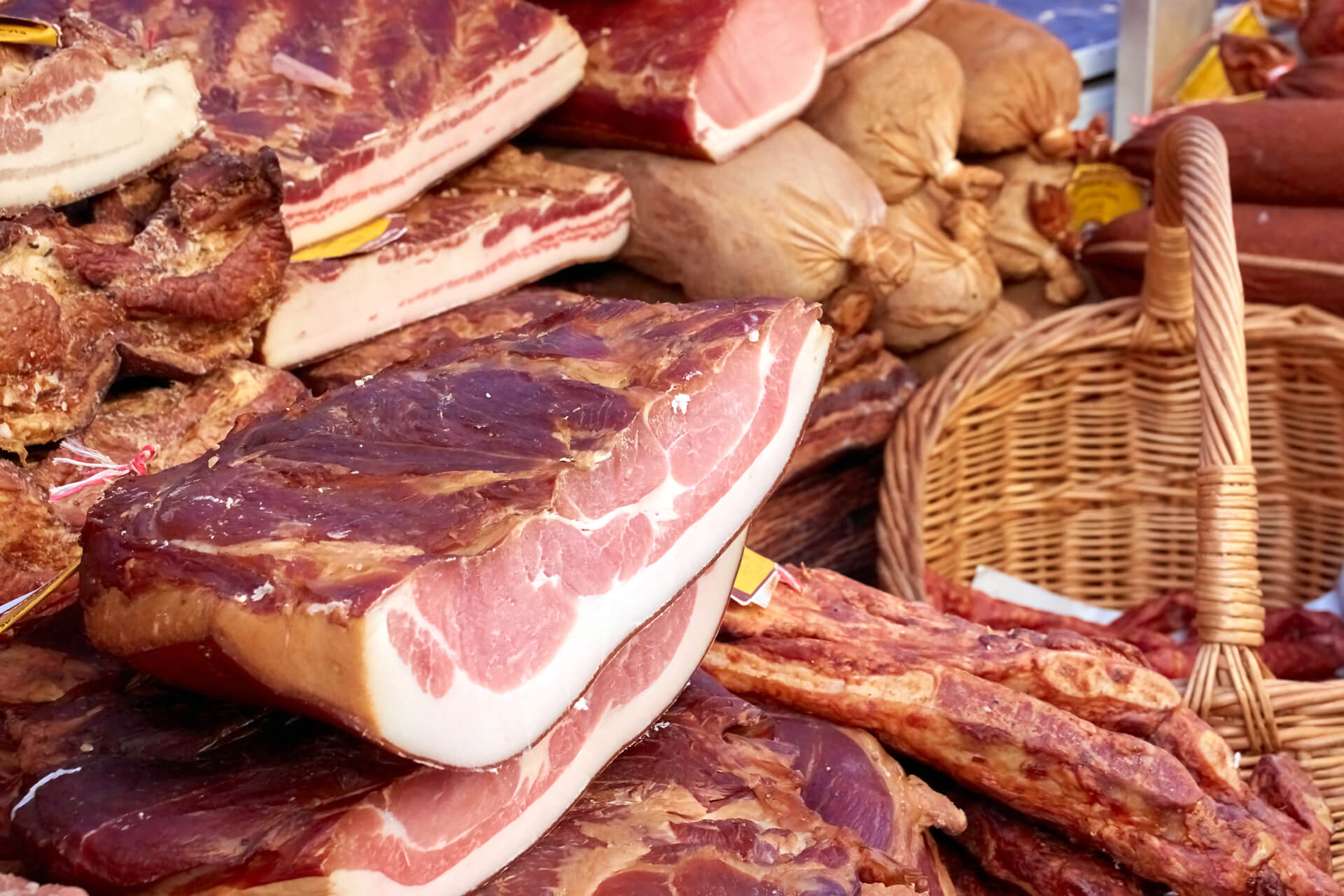Bagley Farms Meat Market Edwardsville IL: Your Trusted Resource for High-Quality Meats
Bagley Farms Meat Market Edwardsville IL: Your Trusted Resource for High-Quality Meats
Blog Article
Discover the Art of the Butcher's Cut in a Modern Meat Market
In the ever-evolving landscape of modern meat markets, the butcher's cut has transcended its traditional origins, merging age-old craftsmanship with contemporary methods. What really sets the contemporary butcher apart is their capability to build a deeper connection in between consumers and the beginnings of their meat.
Development of Butchery Methods

The mid-20th century saw butchery methods even more fine-tuned by scientific understandings right into muscular tissue biology and meat aging, enhancing both tenderness and preference. Developments like vacuum cleaner product packaging and refrigeration expanded item shelf-life, permitting butchers to diversify offerings and boost quality assurance. This period also marked the rise of specific tools, such as band saws and meat slicers, which enhanced precision and effectiveness in meat handling.
Electronic systems currently assist in monitoring animal provenance and enhancing cuts to meet particular consumer choices. Furthermore, a renewal in artisanal butchery has arised, mixing standard skills with modern-day expertise to cater to customers looking for honest and sustainable meat options.

Comprehending Meat Cuts

Recognizing the ins and outs of meat cuts is necessary for both butchers and customers seeking high quality and worth. For butchers, specific cuts mirror ability and respect for the craft, guaranteeing very little waste and ideal yield.
The key classifications of meat cuts consist of primal, sub-primal, and retail cuts. Primal cuts, such as the loin, rib, and chuck, are the large sections originally separated from the carcass. Butchers after that damage these down better right into sub-primal cuts, before ultimately creating retail cuts readily available to customers, like ribeye or tenderloin. Each stage calls for mindful focus to physiological framework and muscular tissue composition.
Recognizing muscle mass make-up is vital; muscles made use of much more regularly by the pet tend to be tougher and are best fit for slow-moving food preparation techniques, while less-used muscular tissues, like those found in the loin, are more tender and ideal for grilling or roasting. Knowledge with these differences encourages consumers to make educated choices, enhancing their cooking ventures.
Selecting High Quality Meat
Choosing the right meat involves even more than just choosing an aesthetically enticing piece from the display. The art of choosing high quality meat needs a discerning eye and expertise of particular characteristics that signify quality and quality.
Second of all, take into consideration the marbling, which describes the white flecks of fat within the muscle mass. Appropriate marbling is a vital sign of tenderness and taste, as it melts during food preparation, enhancing the meat's juiciness. Keep in mind, greater marbling typically associates with exceptional top quality cuts, such as USDA Prime.
Appearance is one more essential element; meat should feel strong to the touch, not slimy or overly soft. In addition, be conscious of the aroma. Fresh meat ought to have a tidy, neutral odor, devoid of any kind of sour or off-putting Bonuses odors.
Matching Cuts With Food Preparation Approaches
Successfully coupling cuts of meat with the proper cooking approaches is important for achieving optimal taste and structure. These approaches boost the meat's natural flavors and guarantee a juicy surface.
On the other hand, harder cuts like brisket and chuck roast are abundant in collagen, which breaks down right into jelly when prepared gradually. These cuts are optimal for braising or sluggish roasting, permitting the meat to tenderize gradually and develop deep, complicated flavors. Cuts such as brief ribs and pork shoulder make out well with slow-cooking methods, where expanded cooking times transform their robust appearances into succulent recipes.
Lamb shanks and oxtail, which call for long term cooking to soften, are ideal candidates for stewing or slow simmering. These techniques coax out rich, passionate tastes while preserving dampness. By recognizing the one-of-a-kind characteristics review of each cut, cooks and home chefs alike can elevate their culinary developments, ensuring each recipe is both pleasing and memorable.
The Butcher's Duty Today
Navigating the developing landscape of the modern meat market, the butcher's role today expands past plain preparation of cuts. Contemporary butchers are culinary artisans, teachers, and supporters for lasting methods. They connect the space in between the farm and the fork by making certain moral sourcing, understanding pet husbandry, and prioritizing transparency in the supply chain. This change shows the expanding customer demand for top quality over quantity, where provenance and pet welfare are critical.
In enhancement to crafting exact cuts, butchers currently involve straight with clients, using cooking advice and customizing options to suit individual needs and choices. Their expertise in meat aging, marbling, and flavor profiles empowers consumers to make informed choices, improving their culinary experiences. This individualized solution exhibits the butcher's progressing duty as a relied on expert in the cooking area.
In addition, like this butchers are critical in reducing waste, utilizing entire pets to produce varied items such as sausages and stocks - bagley farms meat market edwardsville il. This comprehensive strategy not only respects the pet yet also straightens with modern sustainability objectives. In this way, the contemporary butcher embodies both practice and development, adjusting to an ever-changing market while preserving the virtuosity and integrity of their craft

Final Thought
Proficiency in recognizing diverse meat cuts and quality signs empowers butchers to provide informed referrals, aligning details cuts with optimum cooking methods. By recognizing historic methods while welcoming modern demands, the butcher's function remains vital in today's advanced meat market.
Report this page